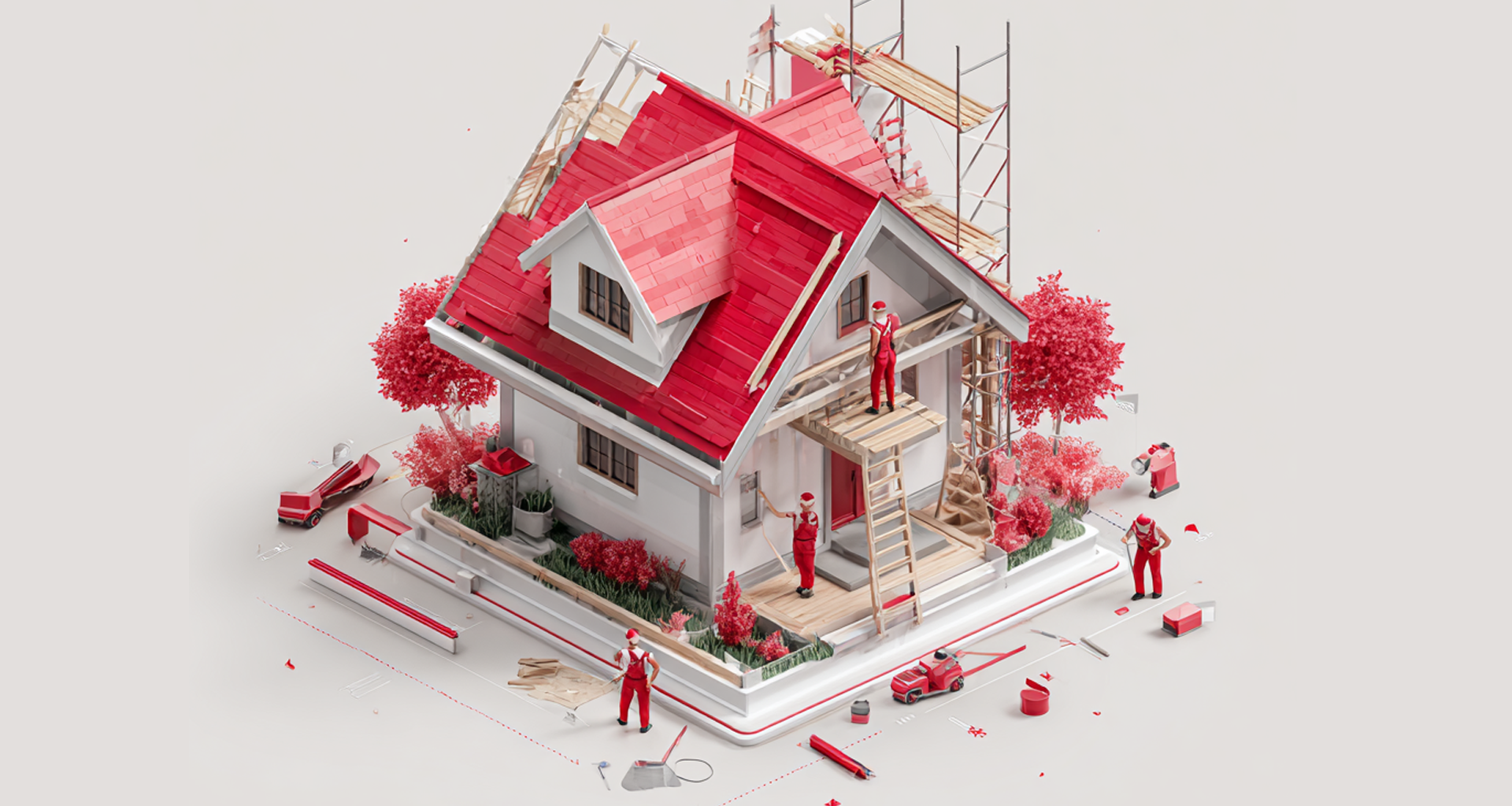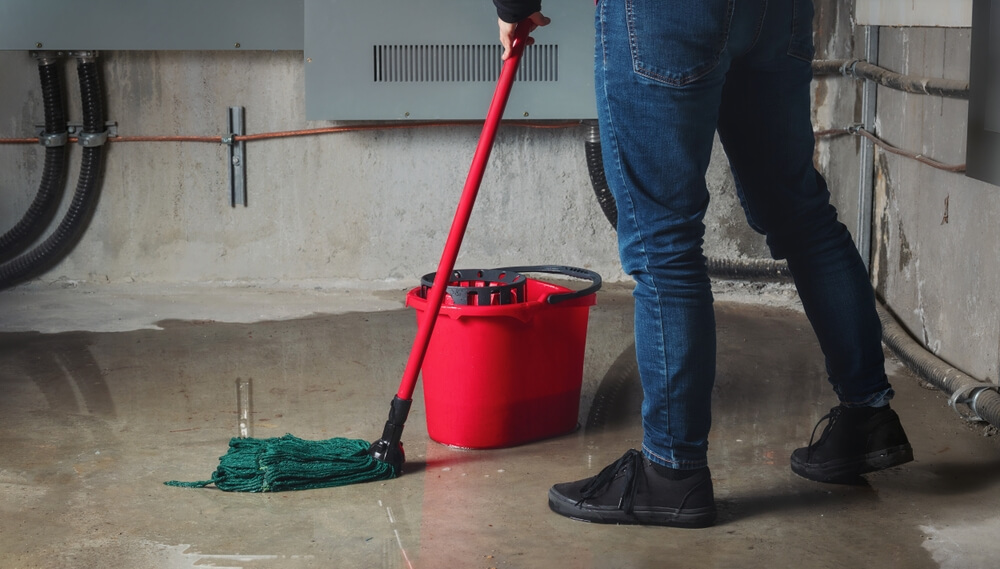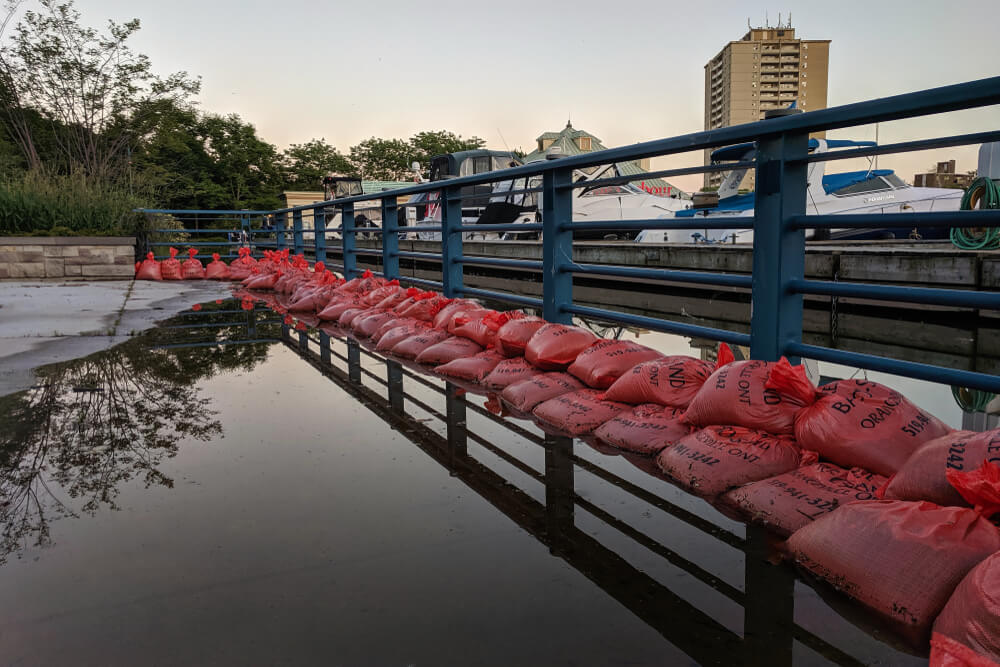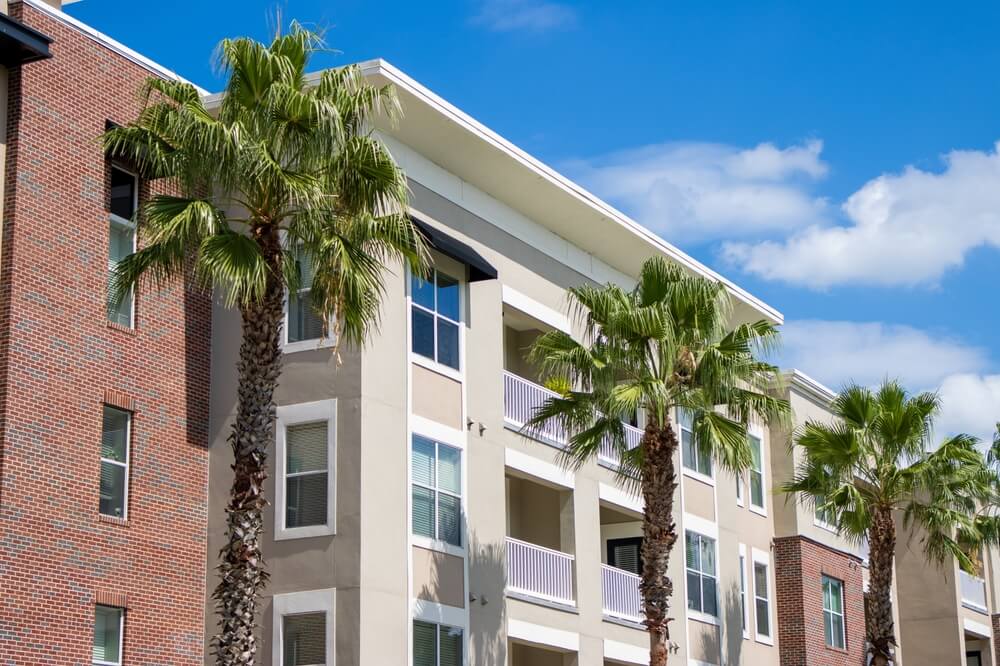
If you are not redirected within 30 seconds, please click here to continue.
Samedi: 10h – 16h HAE

If you are not redirected within 30 seconds, please click here to continue.
If you are not redirected within 30 seconds, please click here to continue.
How much home insurance coverage do you actually need?

Home insurance coverage can be tricky. You want to make sure your property – what is likely to be your biggest investment – is as protected as it can be. But you don’t want to pay more in premiums than necessary. So, how do you decide what’s worth keeping on your policy and what isn’t?
To figure that out, we recommend doing what insurers do – estimating which events are most likely to occur in your home and how likely they are to cause damage or loss. However, that’s easier said than done.
What does a typical policy protect?
There isn’t really a ‘typical policy,’ because there’s no such thing as a ‘typical home.’ A detached house, for instance, isn’t the same as a semi-detached house, which is different than a townhouse, or a duplex, or a triplex, or a condo.
Different types of properties require different amounts of protection. However, depending on your property, a policy should generally cover the following:
Your dwelling
This is the home itself, whether it’s a house, condo, or otherwise. If it gets damaged or destroyed, your insurance should cover the cost of restoring it to its original condition. Or most of the cost anyway, depending on your deductible.
The extent or source of damage may vary from policy to policy, but no policy should ever exclude your dwelling – with the exception of tenant insurance policy, which is its own thing and doesn’t apply here.
Your personal property
Any items you own that happen to be stored inside your home should also be covered by your home insurance. This includes your furniture, appliances, electronics, clothing and everything in between.
Do note that if some of your belongings are expensive – such as jewelry or artwork – then your home insurance may not cover the full value of these items. The minimum coverage for personal belongings is $40,000. If that’s your limit, but your items are worth more, then you may need to increase your coverage or take out a separate insurance rider for these high-value items.
We recommend doing an inventory of everything you own, so you don’t end up with less coverage than you need. On the bright side, this may help you cut back on coverage, if you have too much.
Your outbuildings
If in addition to your dwelling, there are outbuildings on your property, such as a shed, gazebo or a detached garage, then your policy should cover them as well. Make sure that all your outbuildings are protected without exception. You don’t want any unpleasant surprises if something happens to them. If your property has no outbuildings, consider removing this coverage to lower your premiums (if possible).
What are some of the most covered perils?
Regardless of your policy, all of these are likely to get covered:
- Fire
- Lightning
- Theft
- Vandalism
- Extreme weather (including snowstorms, windstorms, and hails)
- Falling objects
- Water damage (excluding overland flooding and sewer backup)
What else should be included in a typical policy?
Aside from having protections for everything that’s on your property, an insurance policy should also protect you, the owner, and those who live on your property. Basically, aside from objects, your insurance should also protect people.
Here are some of the other protections a policy should have:
Additional living expenses (ALE) coverage
If your home becomes unlivable due to fire or another covered peril, then your provider should reimburse any additional living expenses you may incur, including the cost of your hotel room, additional travel and unexpected food purchases. This coverage is also applicable if you’re displaced due to an evacuation order. Do note that if a peril is not covered, you may not be entitled to a reimbursement.
There are other limits as well. Most ALE coverages will only reimburse you for up to 30 days and/or will cover 20% to 30% of the replacement value of your home – meaning that if your home is valued at $500,000, maximum ALE coverage would be $100,000 to $150,000.
Related: Your guide to mass evacuation coverage for home insurance
Liability coverage
Your property and those living on your property can be a liability. That’s why home insurance policies provide the following protections:
- Personal liability: Say you have a swimming pool, and a guest accidentally slips and dislocates their hip on the diving board, and then decides to sue you. Personal liability can help cover any legal fees. Your liability coverage can range from $100,000 to $5,000,000. The standard recommended limit is $1,000,000. Just keep in mind that you increase it to $2,000,000, your premium may go up by 20%.
- Voluntary medical expenses: If an injured guest doesn’t sue you, you can still volunteer to pay for their medical expenses, such as physiotherapy. This coverage can range from $1,000 to $10,000.
- Accidental damage to (someone else’s) property: If you or someone under your care (such as a child) damages someone else’s property or belongings, you can receive coverage from $500 to $10,000.
Note: In all cases with liability coverage, the more coverage you opt for, the more you’ll likely have to pay in premiums.
What else can you get covered?
If you feel your current coverage isn’t enough, you can always purchase more coverage in the form of ‘add-ons’ or ‘riders.’ Conversely, you might want to exclude some of them, if you find them unnecessary. Here are the most common ones:
- Overland flooding: If you want to protect your home from floods caused by excess rainwater, melting snow or an overflowing river, stream, or lake, you’ll need to purchase flood insurance. Your standard water damage coverage just won’t do it, unfortunately.
- Sewer backup: Sewer backup is a separate water-related coverage that comes into effect when pipes get clogged or when too much melting snow or rainwater ends up in the sewage system, causing toilets and/or drains to overflow with sewage water. This does not fall under standard water damage coverage and must be purchased separately. However, this risk can be greatly reduced by installing a backwater valve.
- Earthquakes: If you’re worried about earthquakes, you can purchase earthquake insurance as an add-on to your policy. This coverage would also protect your home from a landslide or snowslide – but only if it was caused by an earthquake.
- Lock replacement: Break-ins can result in damaged locks. Depending on your insurer and/or policy, lock replacement may not be covered, requiring you to purchase locksmith coverage separately. If you live in an area where break-ins are rare, then this coverage may not be necessary.
- Home-based business: If you’re running a home-based business, your basic home insurance policy may not be enough. Home insurance won’t cover business-related lawsuits, or damage to your work equipment and inventory either – at least not adequately enough. That said, if you’re not running a home-based business, then this add-on is completely unnecessary (and no, working from home for an employer does not count).
- Additional protection for your valuables: If you’re an avid collector of vintage wine, jewelry or artwork, then you may want to purchase additional coverage for your collection, as they may not be protected by your basic insurance. Coverage limits for this rider vary, however. One provider might reimburse you up to $1,500, if your valuables are stolen, while another might offer $6,000 total for stolen or damaged valuables, with a $4,000 cap per item. Most homeowners are unlikely to need this coverage, as their possessions are not expensive enough to warrant it. But if you’re uncertain, be sure to inventory all your items and assess their value individually.
- Extra liability: Sometimes, regular liability coverage is not enough. A lawsuit can drag on, and rack up legal costs that may exceed the limit of your liability coverage. To avoid this problem, you may want to purchase umbrella insurance, which will cover anything your standard liability insurance will not, including extra liability costs. That said, if you don’t have any liability concerns and you’re happy with your basic coverage, then there’s likely no need to keep this in your policy.
- Home vacancy: If you’re planning to leave your home vacant – meaning no one will live in it for over 30 days – then you may want to purchase vacant home insurance to protect it. This may be necessary if you’re planning extensive renovations or if your home has become unlivable due to a severe infestation, unpaid utilities or other issue. If you’re going on a two- or three-week vacation, however, your regular coverage should suffice.
- Landlord insurance: If you intend to rent out your property or a part of your property to a tenant, then you should protect it with landlord insurance, as your regular home insurance won’t be sufficient.
- Short-term rental insurance: If you’re renting out your property via services like Vrbo or Airbnb, you should protect your home from potential damage and liability issues with Vrbo or Airbnb insurance. Or at the very least, your insurer should be notified that you intend to rent out your property.
Read more: What you need to know before renting out your home on Airbnb
Comparing prices to make sure you’re not overpaying
If you want to know how much coverage you should have and what it would cost you, your best bet is to start comparing home insurance rates. You can compare them by contacting a broker or via a free online service like RATESDOTCA. Once you see those prices, you’ll be able to decide what works best for you.
Don't waste time calling around for home insurance
Use RATESDOTCA to shop around and compare multiple quotes at the same time.
Finding the best home insurance coverage has never been so easy!
Get money-saving tips in your inbox.
Stay on top of personal finance tips from our money experts!










